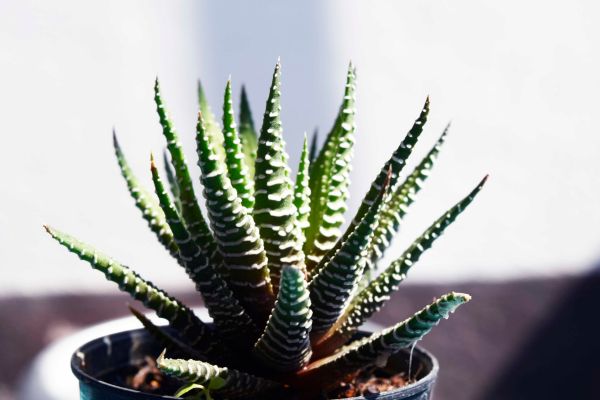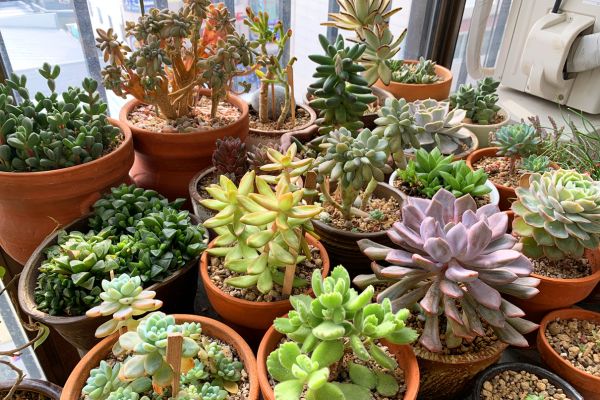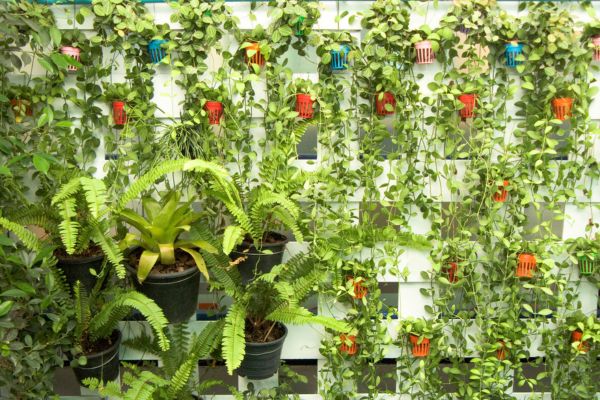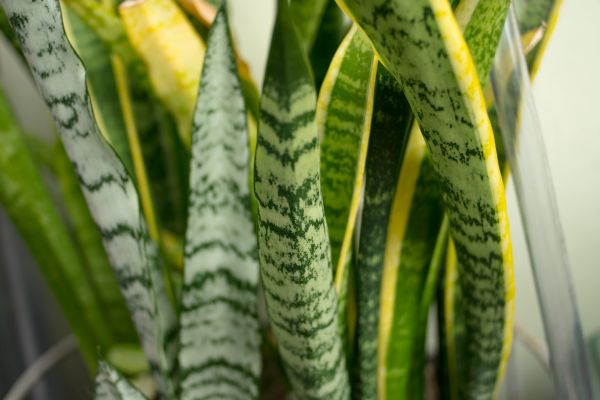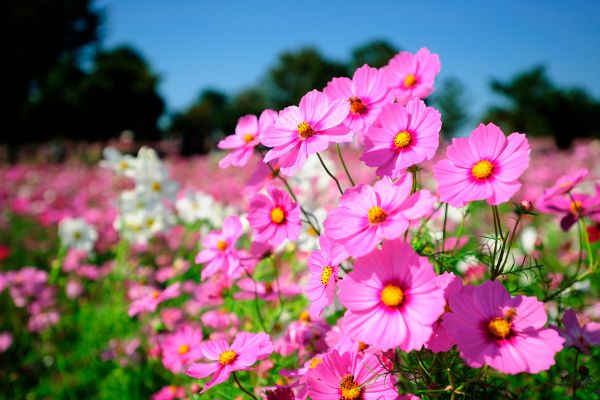How to Care for Zamioculca: Complete Guide for a Healthy Plant
Caring for Zamioculca, popularly known as ZZ, may seem like a simple task at first glance, but ensuring this plant thrives requires attention to specific details. In this guide, we'll explore the essential steps to keeping your Zamioculca healthy and vibrant. Whether you are a beginner or an experienced gardener, the following tips will help ensure your ZZ flourishes in all its splendor.
What is Zamioculca?
Zamioculca is a plant originating from tropical Africa, belonging to the Araceae family. Also known as ZZ due to its initials, it is appreciated for its ability to adapt to different light conditions and its resistance to neglect. With glossy leaves and elegant architecture, Zamioculca makes a great addition to any indoor space.
Adequate Location and Lighting
The first and most crucial step to successful Zamioculca care is finding the ideal place for it to thrive. This plant is notable for its tolerance to low light, but still, moderate exposure to light is essential. Place your ZZ in a location that receives bright indirect light, avoiding direct sunlight that can cause damage to the leaves. Indoor environments, Zamioculca can be positioned up to 3 meters from a window.
Also, be sure to rotate the plant every few weeks to ensure all parts receive an equitable amount of light. This promotes uniform growth and prevents some leaves from being more exposed than others.
Moderate Watering: Less is More
Watering is a critical point when caring for Zamioculca. This plant has the remarkable ability to store water in its roots, making it resistant to periods of drought. The rule of thumb is to allow the soil to dry out between waterings. This means only watering the plant when the soil is completely dry to the touch.
When watering, apply enough water to evenly moisten the soil, but avoid excess which could lead to root rot. The use of pots with drainage holes is essential to ensure the elimination of excess water and prevent problems related to moisture accumulation.
Well-drained soil and adequate nutrients
The soil used for Zamioculca must be well drained and aerated. A potting soil mix with perlite or sand provides effective drainage and prevents water from stagnating at the roots. Also, when transplanting or repotting your ZZ, choose a pot that is only slightly larger than the previous one to avoid excessive water accumulation.
As for nutrients, fertilize Zamioculca during spring and summer when the plant is in its active growth period. Opt for a balanced fertilizer, diluted by half, every 6 to 8 weeks. However, remember not to over-fertilize, as Zamioculca is relatively moderate in its nutritional needs.
Controlled Temperature and Humidity
Zamioculca thrives in moderate temperature conditions, ranging from 18°C to 26°C. Maintaining a stable temperature is crucial to the plant's well-being. Avoid exposure to cold drafts or excessively hot environments. Additionally, Zamioculca is adaptable to ambient humidity, making it a versatile choice for different home climates.
Pruning and Removal of Yellowing Leaves
Pruning is an essential practice to keep Zamioculca looking healthy. Remove yellowed or wilted leaves as soon as they appear, using clean, sharp scissors. This action not only improves the aesthetics of the plant, but also promotes the growth of new leaves. However, avoid excessive pruning, as ZZ naturally loses older leaves as new ones grow.
Pest and Disease Control
Although Zamioculca is known for its resistance to pests and diseases, it is not immune to occasional infestations. Regularly examine leaves and soil for signs of infestation. Spider mites, mealybugs and aphids can be combated with a mild insecticidal soap, while fungal diseases can be prevented by keeping the plant and soil dry.
FAQ – Frequently Asked Questions
How do I know when to water my Zamioculca?
The best way to determine the need for watering is to check the soil moisture. Water only when the soil is completely dry to the touch.
Can I place my Zamioculca in direct sunlight?
Avoid intense direct sunlight as this can cause damage to the leaves. Opt for bright, indirect light for healthy growth.
How often should I fertilize my Zamioculca?
Fertilize during spring and summer every 6 to 8 weeks, using a balanced fertilizer diluted by half.
My Zamioculca is losing leaves, is it normal?
Yes, it is normal for Zamioculca to lose older leaves as new ones grow. However, if the shedding is excessive, adjust the care conditions.
Conclusion
Caring for Zamioculca is a rewarding experience that rewards plant lovers with lush, low-maintenance vegetation. By following the guidelines provided in this guide, you will be on your way to maintaining a healthy, vibrant Zamioculca in your space. Always remember to adjust care based on your plant's specific needs, providing an environment conducive to its continued flourishing. With diligent attention and proper care practices, your Zamioculca will become a stunning addition to your home environment.


